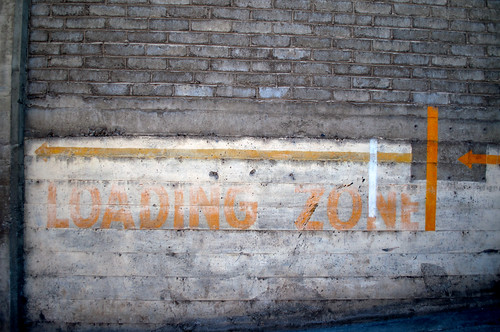 Each of us, injured or not, has a daily struggle against gravity. Fortunately for us, we adapt to the demands imposed upon us, assuming we are in an environment (cellular and metabolic) in which we can do so.
Each of us, injured or not, has a daily struggle against gravity. Fortunately for us, we adapt to the demands imposed upon us, assuming we are in an environment (cellular and metabolic) in which we can do so.
Our capacity, our load tolerance, fluctuates as a function of both training and de-training. Daily. Humans are very dynamic in this process.
Unfortunately, one of the biggest problems in the world of injury recovery is the blatant ignorance of some simple principles that govern life on planet earth.
Over a 25 year career in physiotherapy, I have encountered countless patients that have described to me weeks upon weeks of passive strategies aimed at "breaking down scar tissue" or "releasing fascial restrictions". All, of course, in the name of "alignment" or "muscle balance" - or so the story typically goes.
Over and over, I hear the tales of patients who have been kept as passive entities while a clinician "works on them". Yes, deep pressure will stimulate collagen synthesis to some degree. But what becomes problematic is the failure of the clinician to give them any guidance in terms of increasing the load tolerance or capacity of the tissues and system as a whole. They lack focused mechanical loading which not only stimulates collagen synthesis but remodeling as well. And even if they have been given some instruction in therapeutic exercise or training principles, they probably haven't been given parameters of such that would, in fact, stimulate mechanotransduction or remodeling or much else for that matter.
How is it that clinicians forget that one of the most powerful stimuli for remodeling and functional change is that of mechanical loading? Better yet, let's expand that phrase to "neuromechanical loading". How is it that clinicians virtually ignore the principles of mechanotransduction in the process of tissue recovery and adaptation? And perhaps more importantly, how can they do so knowingly and with sound conscience?
Yes, knowingly. Why would I say that? Because exercise physiology - the basis for "Specific Adaptation To Imposed Demands" - is in the first year or two of most physical therapy and chiropractic educational programs. It is built on a foundation of cellular physiology. It is an core concept in movement and adaptation to training.
As movement experts, we have the ability and the knowledge to promote a significant cellular response via exercise and exercise alone. But as those same movement experts, we have somehow found a way to micromanage conditions while simply not increasing the loading capacity of the functional system as a whole in the meantime.
Frankly, we have forgotten that neuromechanical loading is one of our best friends in the process of training and in the process of tissue remodeling. How many patients will have to show little to no improvement over time and countless passive treatment sessions before we say "enough is enough"? Based on what I am seeing, far too many.
Get on with it - and load it. Please.
Photo credits: menegue
 "Running Injuries: Etiology And Recovery- Based Treatment" (co-author Bridget Clark, PT) appears in the third edition and fourth editions of "Clinical Orthopaedic Rehabilitation: A Team Approach" by Charles Giangarra, MD and Robert C. Manske, PT.
"Running Injuries: Etiology And Recovery- Based Treatment" (co-author Bridget Clark, PT) appears in the third edition and fourth editions of "Clinical Orthopaedic Rehabilitation: A Team Approach" by Charles Giangarra, MD and Robert C. Manske, PT.
 Allan Besselink, PT, DPT, Ph.D., Dip.MDT has a unique voice in the world of sports, education, and health care. Read more about Allan here.
Allan Besselink, PT, DPT, Ph.D., Dip.MDT has a unique voice in the world of sports, education, and health care. Read more about Allan here.
 Top 5 finalist in three categories: "Best Overall Blog", "Best PT Blog" and "Best Advocacy Blog".
Top 5 finalist in three categories: "Best Overall Blog", "Best PT Blog" and "Best Advocacy Blog".